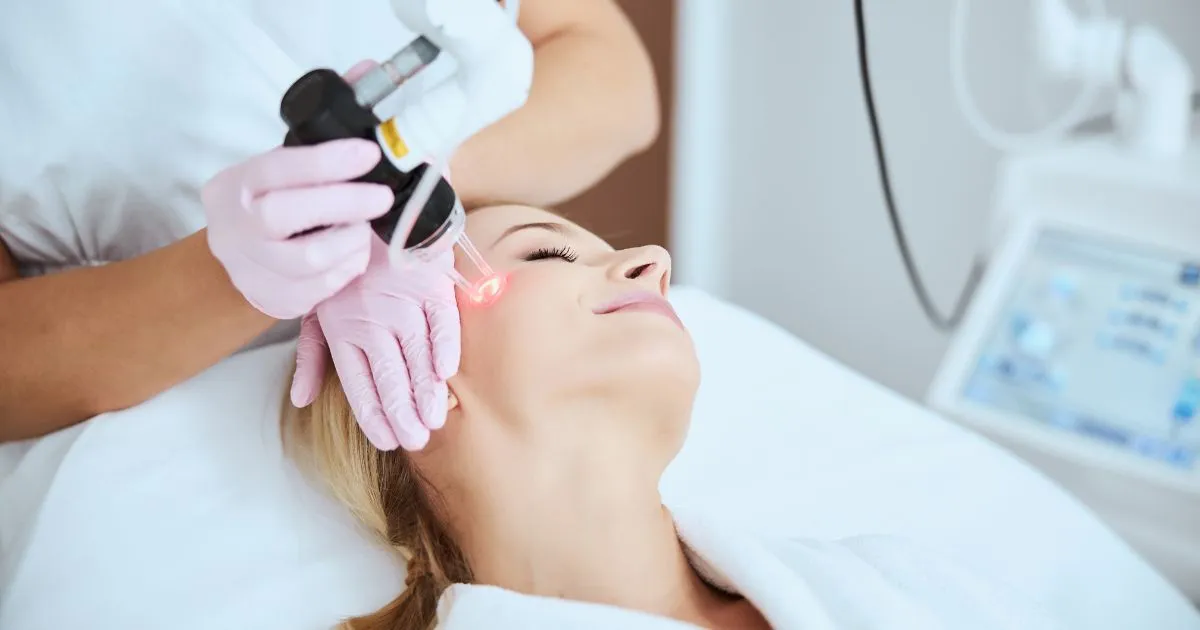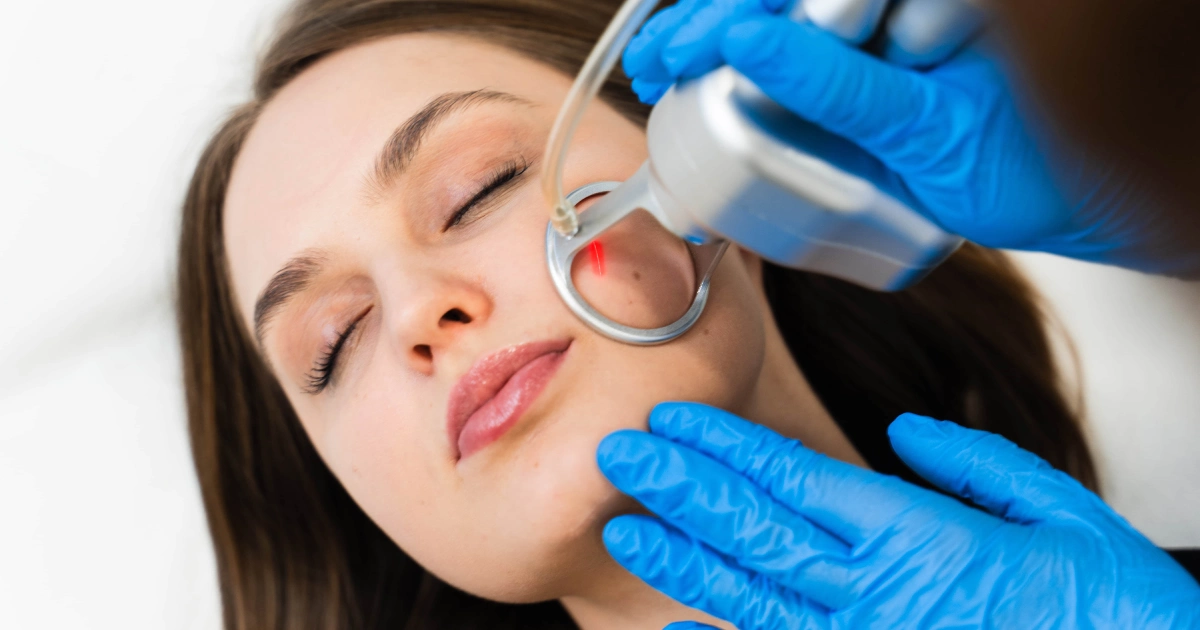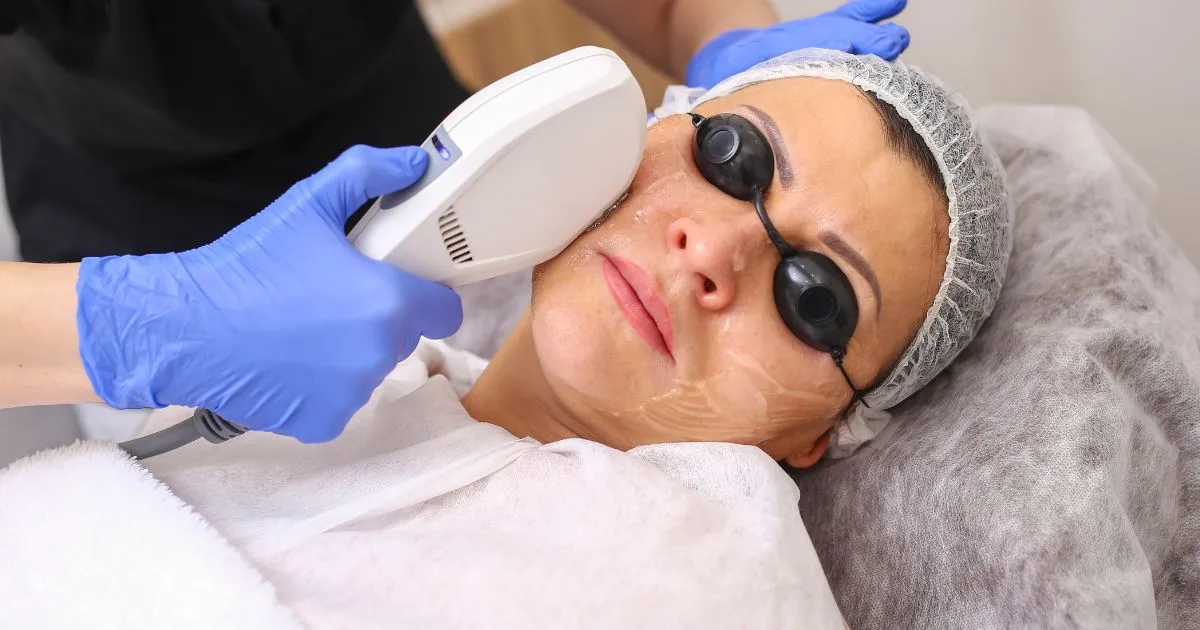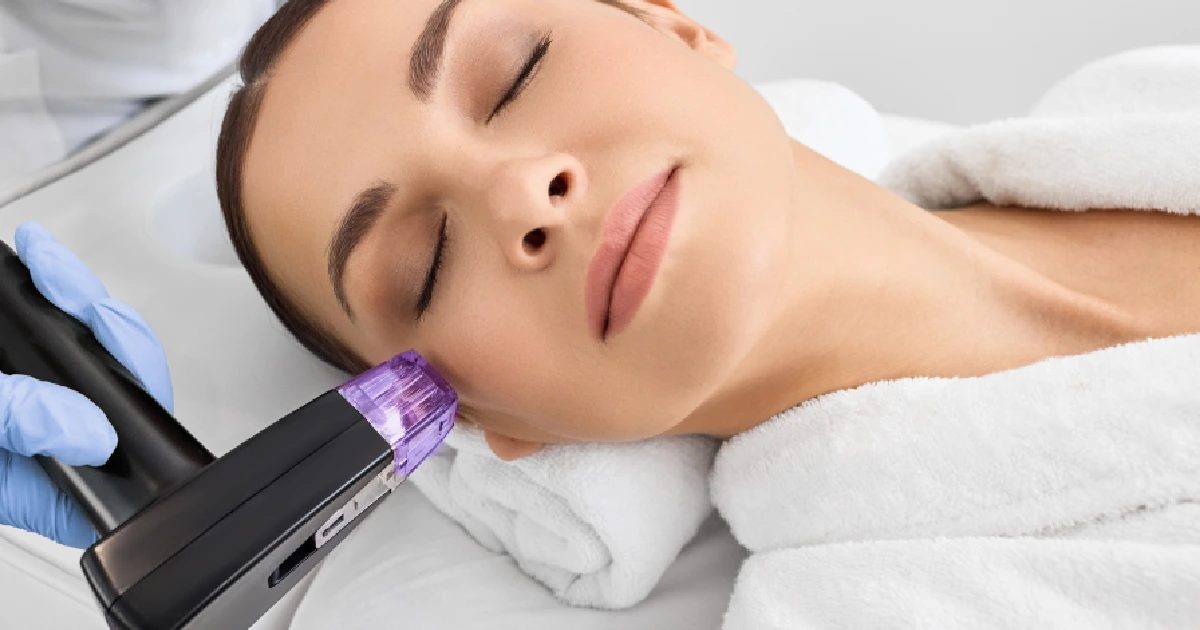
Injectables, also known as dermal fillers, are a popular cosmetic treatment used to enhance the appearance of the face and reduce the signs of aging. They are typically made of hyaluronic acid, a substance naturally found in the body, which is injected into the skin to fill in lines, wrinkles, and folds.
Today, we will cover everything you need to know about injectables, including how they work, the different types available, the benefits and risks of treatment, and what to expect during and after the procedure. Read until the end and discover if injectables can also work for you.
How Do Injectables Work?
Injectables restore volume to the skin, which can diminish over time due to natural aging, sun exposure, and other factors. As we age, the skin loses elasticity and moisture, developing wrinkles, lines, and folds. Injectables can help address these issues by adding volume to the skin, which can smooth out wrinkles and restore a youthful appearance.
Different types of injectables are available, each with unique properties and use. Hyaluronic acid injectables are the most popular type of injectable and are commonly used to treat wrinkles and lines on the face. Other injectables include calcium hydroxylapatite and poly-L-lactic acid, which treat deeper wrinkles and volume loss in the face.
Different Types of Injectables
Several different types of injectables are available, each designed to address specific cosmetic concerns. The most commonly used injectables include the following:
- Hyaluronic acid injectables: These are the most popular type of injectable and are commonly used to treat facial wrinkles and lines. Hyaluronic acid, one of the natural substances found in our bodies, is highly effective at adding volume to the skin.
- Calcium hydroxylapatite injectables: These are used to treat deeper wrinkles and volume loss in the face. Calcium hydroxylapatite, a mineral-like compound found in bones, is highly effective at adding volume to the skin.
- Poly-L-lactic acid injectables: These are used to treat deeper wrinkles and volume loss in the face. Poly-L-lactic acid is a synthetic substance that stimulates collagen production in the skin, which can help restore volume and reduce the signs of aging.
- Autologous fat injections: These involve the transfer of fat from one area of the body to another. This injectable type is highly effective at adding volume to the face and can treat various cosmetic concerns.
What are the Benefits of Injectables?
Injectables offer several benefits, including:
- Reduced signs of aging: Injectables can help reduce the appearance of wrinkles, lines, and folds on the face, restoring a more youthful appearance.
- Improved facial contours: Injectables can add volume to the face, improving facial contours and overall appearance.
- Minimal downtime: Injectables are minimally invasive and require little to no rest, making them a convenient cosmetic treatment option.
- Long-lasting results: Injectables can provide long-lasting results, with some treatments lasting up to two years or more.
Potential Risks and Possible Side Effects
Injectables are a popular cosmetic enhancement method involving injecting various substances into the skin to achieve a desired aesthetic outcome. While these procedures have become increasingly popular in recent years, being aware of the potential risks and side effects associated with injectables is essential.
Among the most significant risks associated with injectables is the possibility of infection. Any time the skin is punctured, there is a risk of introducing bacteria or other pathogens into the body. This event can lead to severe conditions that require medical intervention and, in some cases, even life-threatening.
Another potential risk of injectables is an allergic reaction. Some patients may have allergic reactions to the substances used in injectables, resulting in symptoms such as itching, swelling, and hives. In severe cases, an allergic reaction can lead to anaphylaxis, a potentially life-threatening condition that requires immediate medical attention.
In addition to these risks, several potential side effects are associated with injectables. These can include bruising, swelling, and redness at the injection site. These side effects are typically mild and will resolve independently within a few days. However, they can be more severe, leading to scarring or other long-term damage.
One of the most common after-effects of injectables is asymmetry. Because injectables are designed to enhance or alter the appearance of the skin, the results may be symmetrical. This instance can be particularly problematic if the injection is performed on the face, as even minor asymmetries can be noticeable and significantly affect the overall aesthetic outcome.
Another potential side effect of injectables is migration. This event occurs when the substance injected into the skin moves from its intended location to another area. It can result in lumps, bumps, or other irregularities in the skin and may require additional treatment to correct.
Finally, it is essential to note that injectables are temporary solutions. Most injectables are designed to last a few months to a year, after which practitioners must repeat them to maintain the desired effect. This fact can be a significant expense for patients, and it is essential to factor this into the decision-making process when considering injectables.
Overview
Injectables are a popular cosmetic treatment that can help individuals achieve a more youthful appearance. They work by injecting substances such as botulinum toxin or dermal fillers into the skin to reduce the appearance of wrinkles and fine lines.
While injectables can provide immediate results, they are not a permanent solution and typically require ongoing treatments to maintain the desired look. It’s also important to note that injectables have potential risks and side effects, such as bruising, swelling, and infection.
It’s important for individuals considering injectables to consult with a qualified healthcare professional and fully understand the risks and benefits before undergoing treatment. With proper research and care, injectables can be a safe and effective way to enhance one’s appearance and boost self-confidence.
Final Takeaways
In conclusion, while injectables can achieve the desired aesthetic outcome effectively, they must be aware of the potential risks and side effects of these procedures. Patients should carefully consider these factors and discuss them with a qualified medical professional before undergoing an injectable procedure. By taking these steps, patients can help ensure that they achieve the best possible results while minimizing the risks associated with these procedures.
Do you want to experience injectables? Our great friends at Empowered Med Spa can help you today. Visit them now!





